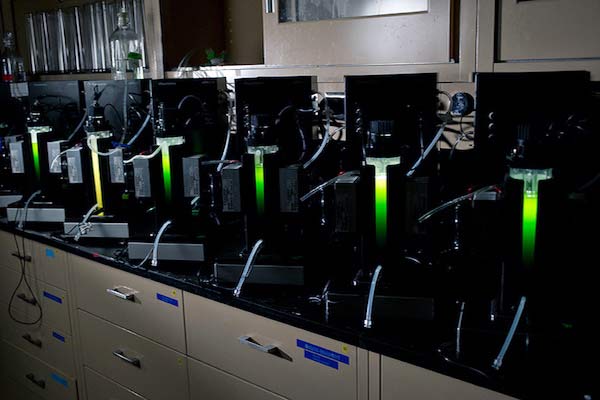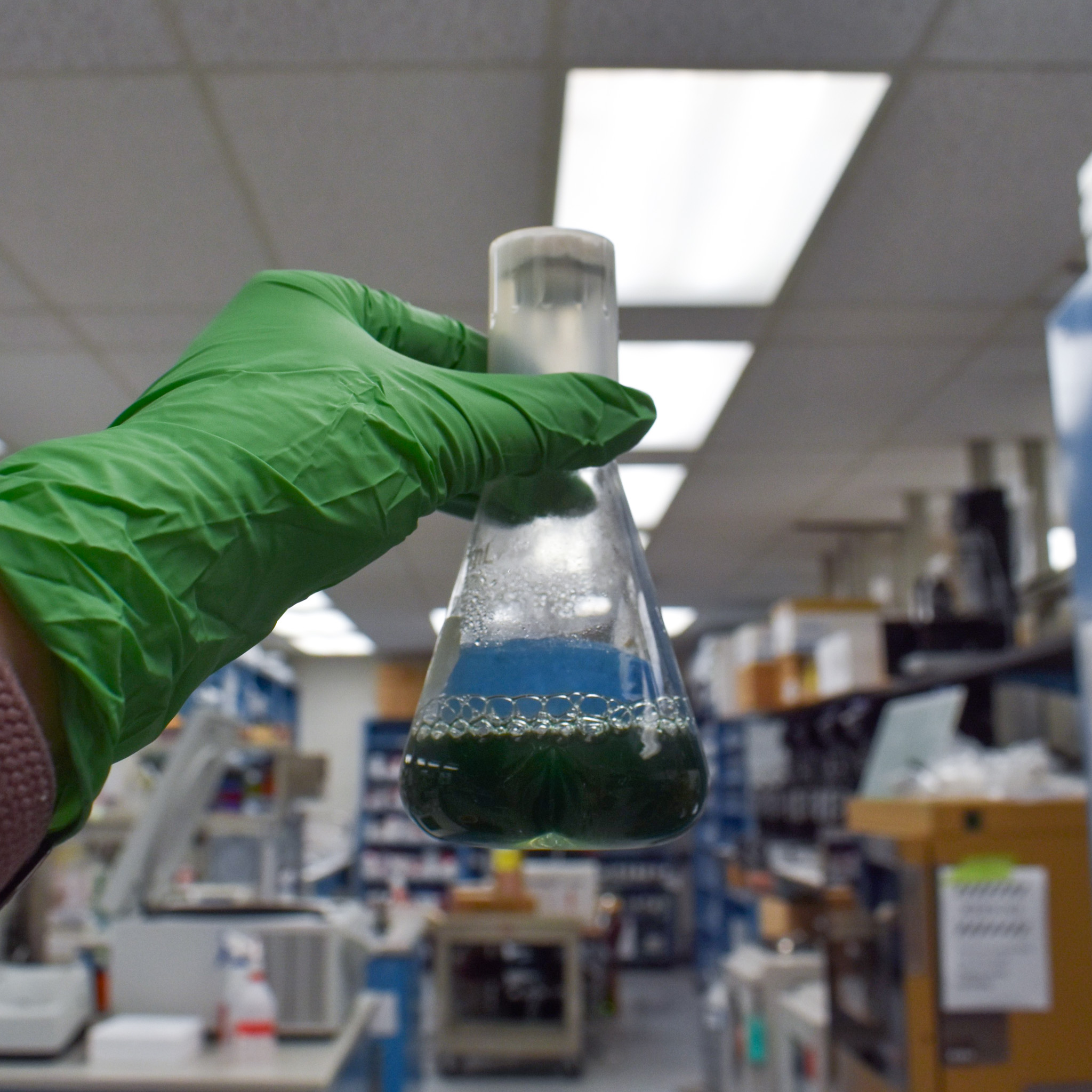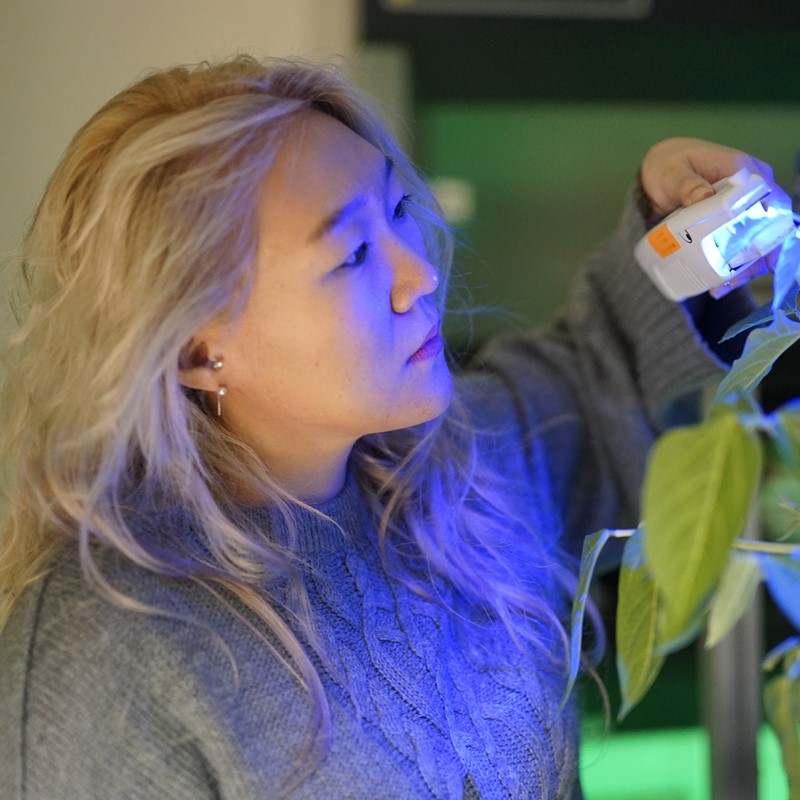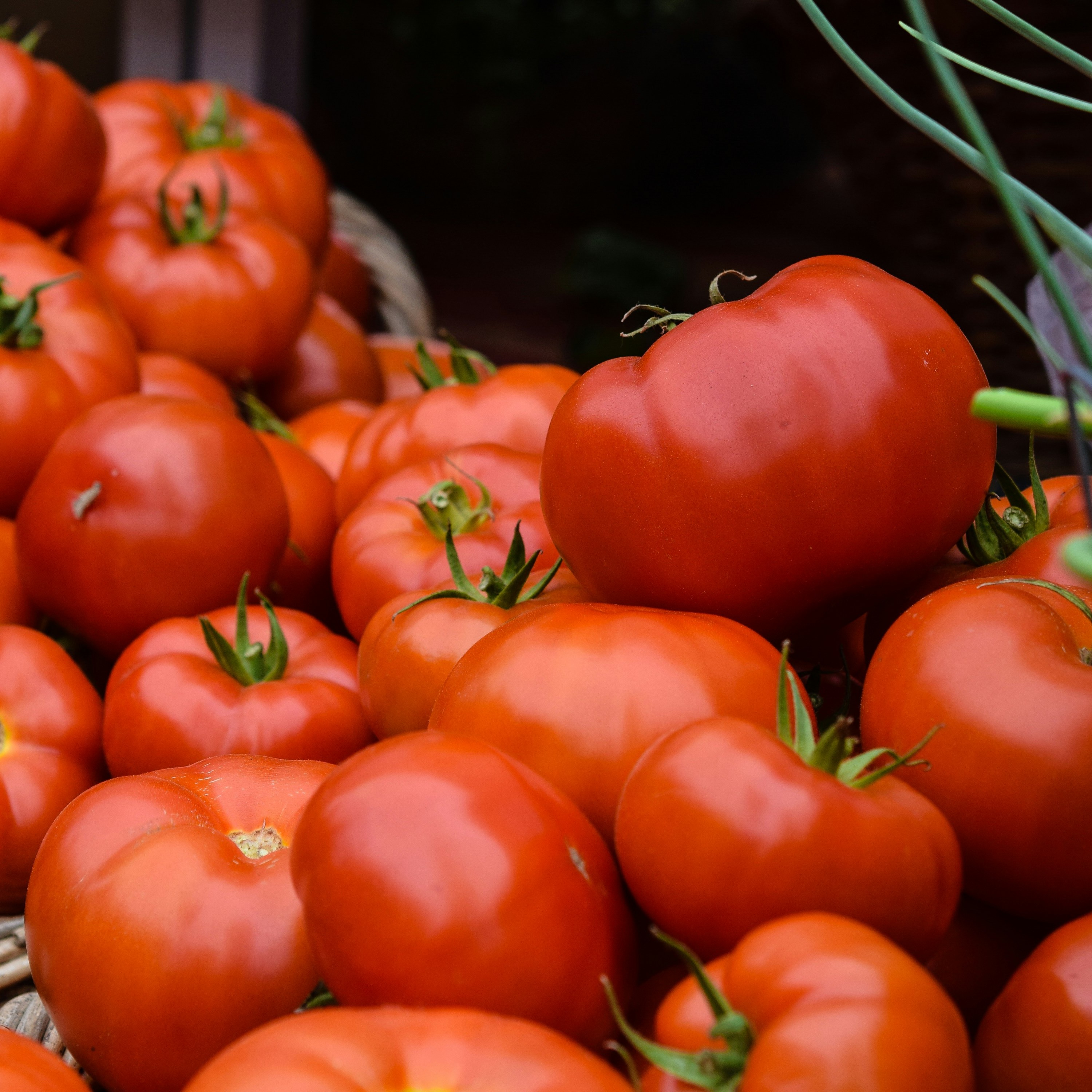Understanding how algal cells divide when they are hungry
A new study from the MSU-DOE Plant Research Laboratory delves into how algae manage cell division processes when they suffer from starvation. The finding has implications for biofuel technologies, given that algae have the potential to become a sustainable source of high value oils.
The key word is ‘starvation.’ When nutrients are scarce in algae’s surroundings, the algae store their energy reserves in the form of oil, which is where the biofuels come from. The issue is that starvation causes the algal cells to stop growing.
“Trying to produce biofuels from stressed algae is not economically viable, as the system is unreliable in case we want to maximize both oil and biomass production,” says Christoph Benning, MSU University Distinguished Professor. “Scientists are exploring how to engineer algal metabolism so the cells grow and make oil at the same time, leading to more valuable feedstock for biofuel production.”
The new study, published in the journal Plant Physiology, focuses on the algal protein, CHT7. The work builds on previous research from the Benning lab that showed that CHT7 stops algal cells from growing and dividing when they are starving for nutrients. The new research starts to establish how CHT7 interacts with proteins that control cell division in the algal species, Chlamydomonas.
A collaboration of protein complexes
“Cell division in Chlamydomonas is a choreographed cycle,” says Christoph. “The cells grow bigger and bigger during the day, and then cell division occurs at night. The cycle is governed by cell size; the clue for each cell is that, once it has grown to a certain size, it must divide.”

By G. L. Kohuth, ©2012 Michigan State University-Board of Trustees
In the new work, the scientists determined that CHT7, which is involved with a cell’s nutritional status, interacts with MAT3, another protein which is part of a large complex of proteins that manages cell division.
“We asked if these two proteins directly interacted within larger protein complexes. By using a sensitive experimental method, we found a small subpopulation of complexes where both proteins coexist,” says Christoph.
The team further examined the cells in bioreactors under conditions where they divide simultaneously. They found that the subcomplexes change during the various stages of the cell cycle, over a 24-hour period.
The scientists think that the protein complexes involving both CHT7 and MAT3 might relate to similar complexes found in animals.
“Animals have a so-called DREAM regulatory complex, which is similar to a related complex in Chlamydomonas. We’re trying to figure out if the algal complex is in fact such a DREAM complex,” Christoph adds. “To do so, we need to identify the other components that work alongside CHT7. We also want to see where exactly in the cell cycle is CHT7 active when algae are starved for nutrients.”
“The ultimate question is: can we understand how nutrient deprivation affects cell division? In addition to possibly improving biofuel production, the algal system can provide fundamental insights into how living cells sense their nutrient status and adapt, by either slowing down or speeding up cell division. For example, if things go wrong with this process in human cells, these cells can turn cancerous and divide out of control.”
This work was part of Tomomi Takeuchi’s PhD thesis. Additional contributors include Yang-Tsung Lin, PhD student, and Nicholas Fekaris, undergraduate student, both from the Benning lab; MSU Emerita Professor of Plant Biology, Barbara B Sears; and Jim Umen at the Donald Danforth Plant Science Center. The research was funded by the National Science Foundation, US Department of Energy, Office of Basic Energy Sciences, MSU AgBioResearch, and the National Institutes of Health.
By Igor Houwat, Christoph Benning; Banner image of wild type algal cells by Tomomi Takeuchi



